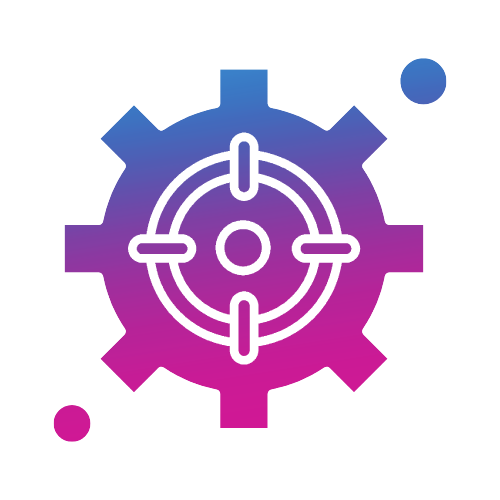Web 3.0 Gaming: The Intersection of Blockchain, NFTs, and the Gaming Industry

Summary: Explore the impact of blockchain and NFTs on the gaming industry and how they're paving the way for a new generation of Web 3.0 games. Understand the advantages of decentralized gaming platforms, the potential for in-game asset ownership, and the challenges facing the industry.
The gaming industry is no stranger to innovation and technological advancements. In recent years, the introduction of blockchain technology and non-fungible tokens (NFTs) has begun to reshape the landscape, paving the way for a new generation of Web 3.0 games. This article will explore the advantages of decentralized gaming platforms, the potential for in-game asset ownership, and the challenges facing the industry.
Decentralized gaming platforms offer several benefits over traditional centralized systems. For instance, they can provide enhanced security, as blockchain technology is inherently resistant to hacking and data manipulation. Decentralized platforms also allow for greater transparency, enabling players to verify the fairness of in-game mechanics and outcomes.
One of the most significant innovations brought about by the intersection of gaming and blockchain is the concept of in-game asset ownership. NFTs have emerged as a powerful tool for representing unique digital assets within games, such as characters, items, or virtual land. Players can buy, sell, or trade these assets, often across multiple games or platforms, creating new opportunities for monetization and engagement.
The integration of NFTs into gaming ecosystems has also opened up new revenue streams for developers. By tokenizing in-game assets, developers can sell them directly to players or enable peer-to-peer transactions, creating a more sustainable source of income. Additionally, NFTs can be used to incentivize community engagement through reward systems or exclusive content.
Despite the excitement around Web 3.0 gaming, the industry faces several challenges. Scalability is a significant concern, as current blockchain networks may struggle to handle the high transaction volumes required for large-scale gaming applications. Developers must also consider the environmental impact of blockchain technology, as the energy consumption associated with some consensus mechanisms can be substantial.
Another challenge lies in user experience, as many blockchain-based games currently require players to have a basic understanding of cryptocurrency and digital wallets. Simplifying the onboarding process and making it more accessible to mainstream gamers will be crucial for driving adoption.
Regulatory uncertainty is another hurdle for Web 3.0 gaming. As the industry navigates the complex legal landscape surrounding blockchain and digital assets, developers must ensure that their games comply with evolving regulations and avoid potential legal pitfalls.
In conclusion, the intersection of blockchain, NFTs, and the gaming industry holds significant potential for reshaping the way games are developed, played, and monetized. Decentralized gaming platforms offer numerous advantages, and the tokenization of in-game assets through NFTs creates new opportunities for both players and developers. However, the industry must address challenges such as scalability, user experience, and regulatory compliance to fully realize the potential of Web 3.0 gaming.






